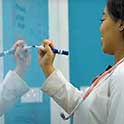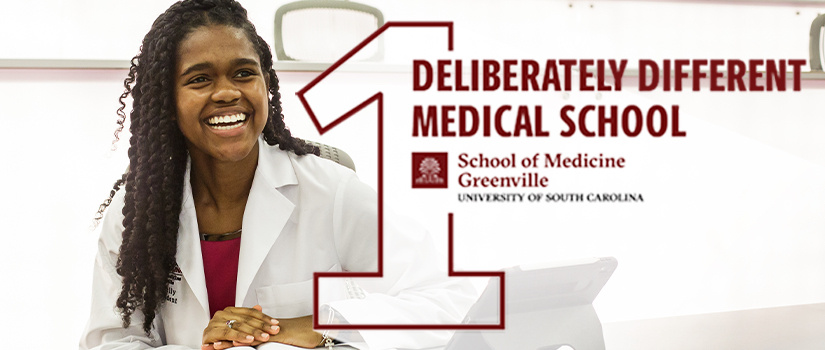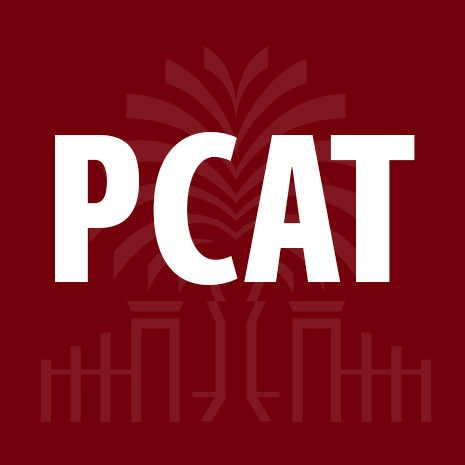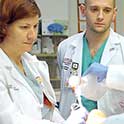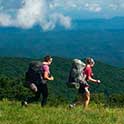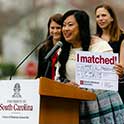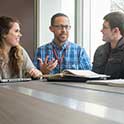Primary Care Accelerated Track Curriculum
The Primary Care Accelerated Track (PCAT), launching in July of 2024, is a 3-year
accelerated pathway to an M.D. that seeks to increase primary care physicians in South
Carolina. After graduating from the University of South Carolina School of Medicine
Greenville (USC SOMG) in 3 years, PCAT participants will transition into a 3-year
residency program in Family Medicine. Full USC SOMG tuition reimbursement will be
provided in exchange for a 4-year sign-on contract to provide primary care in the
state of South Carolina following residency completion.
